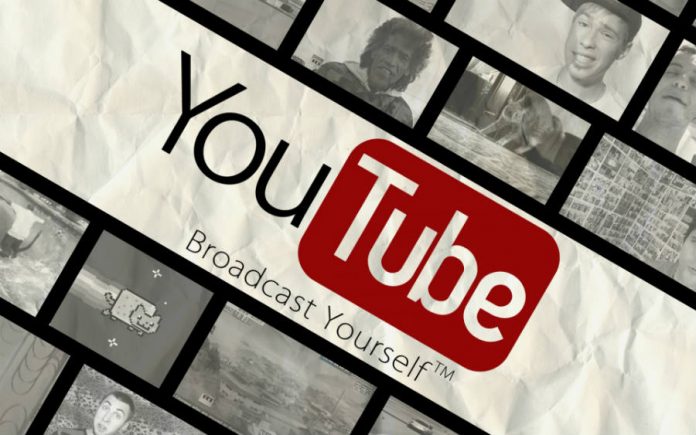
Google is losing clients because the algorithm that pairs ads with videos on YouTube is not working properly. The software does not consider the content which is why some ISIS supporters and white nationalists have to watch a L’Oréal commercial before enjoying their favorite YouTubers, for example.
The list of companies that are pulling their ads from the video platform has been increasing since the word got out. Experts claim consumers can start associating famous brands to hateful ideologies and groups.
PewDiePie starred a recent scandal triggered by a misguiding article published by the Wall Street Journal, and even though the claims against him are weak and sensationalist, some Neo-Nazi groups believed he represented them. And, that’s a fact.
In 2017, some people still don’t understand the Internet
Google already apologized for the ad misplacing, but that won’t stop companies from leaving YouTube. However, the issue is more complicated than just a bug in a program.
The Internet is still synonym with freedom, and that means anyone can say whatever they want as long as it does not puts people in real-life danger. So, extremists can voice their beliefs, but they cannot organize criminal activities nor expose someone’s personal information.
With that in mind, organizations who want to expose YouTube users to their goods and services will have to accept the good and the bad. Implying a pre-existing and successful platform has to change so that their marketing risks diminish is arrogant and highlights how little they know about the digital world.
The nature of the ads is problematic
YouTube was because it gave people easy access to content with certain limitations like copyright and obscene content rules. However, the platform’s popularity depends on user-generated content.
In short, people visit the platform for the content, not looking for publicity. First, there were little banners at the bottom of the video, but it was a small price to pay since the app was free. Then, the bane of online entertainment became mainstream.
Before-video ads arrived and became the most vexing thing in the digital world since pop-ups. Moreover, they evolved into mid-video commercials which added injury to insult.
In conclusion, it is easy to see why companies want their ads to reach a community with more than a billion members, but high-exposure comes with consequences. They will have to take it or leave it.
Source: Reuters











